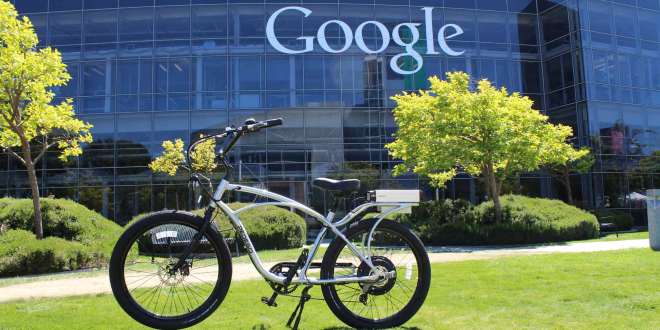The use of search engines, in particular Google, has grown so universal that it is estimated that there are over 5 billion Google searches a day. For businesses, search engine marketing (SEM) has become a huge driver for site visits, customers, and revenue. But what about green companies? Can green companies use SEM to profitably grow their businesses?
Yes. But like most things, you need to understand how search engines work and avoid key missteps that will waste time and budget.
As a marketer for green companies, I’ve seen waste and poor digital strategy firsthand. To help, I’ve written out how to use search ads as well as common pitfalls to avoid in your keywords, ad copy, technology, and execution.
Search Ads – Keyword Choice
At its most basic, search ads target searchers based on keywords found inside a searcher’s Google query. If you target and bid on “tankless water heater”, your ad will show when someone types in that query or a query containing your keywords like, “best tankless water heaters 2022”.
The total addressable search market for your green product or service is dependent on your keyword search volume. The higher the search volume, then the more you are able to show your ad. (You can’t buy ads on searches that never happened, right?)
To find out how much search volume there is for a given term, use a free tool like UberSuggest to see approximately how many searches there are a month for your product or service’s keyword.
A common pitfall: companies buying too many keywords and or non-commercial keywords. Whether you have a small budget or not, you are going to want to keep your keywords focused. If I sell solar panels, I’m not going to buy ads for the search term “solar energy,” that’s too generic and more information-focused. I would focus my keywords on exactly what my service is, like “solar panel installation near me.”
Search Ads – Ad Copy
Maybe the best part about search ads is that you can see what your competitors are doing and strategize against them. How do you do this? Simply search the keyword you want to run ads for. What do you see?
Use what you see on the search engine results page to guide how you need to create an ad that stands out. Consider different value propositions. Different proof. Different features. Buyers “weight” different features differently so you will want a variety of headlines and descriptions.
Going back to our solar panel example, someone could be happy to save money on their energy bill. But others could want solar panels so that they are off the grid, or for the fact that it’s another way of increasing their home value.
A common pitfall: too few ads. You should always have a “responsive ad” in your campaigns. Responsive ads are Google ads where you enter 10-12 headlines, and up to 4 descriptions, and Google shuffles them together looking for the best performing combinations.
Google Ads – Tech/Tracking
Consider this whole section a common pitfall. Without accurate conversion tracking you simply cannot know if you are getting a return on your investment. If you have the help of a developer, placing the code on your website will be fairly easy. But if not, it can get tricky.
I recommend you set up your tracking using Google Tag Manager. Using Google Tag Manager limits the amount of backend coding you need to implement. Additionally, there are many great resources and walkthroughs that can help guide you in implementation.
However you choose to implement your conversion tracking, be sure to go through the process to see if conversions are firing properly. There’s no greater fear than spending money and finding out there’s no way to track your spend back to revenue.
Google Ads – Execution And The Missing Piece
Most of what I covered relates to the Google Ads (or Bing) platform. However, the last piece in your execution actually lives on your website. It’s your landing page.
It’s imperative that your landing page is focused on getting whoever lands there to convert. This page should be highly focused on achieving this single goal. That means:
- Nailing your value proposition
- Busting any and all objections to purchasing (or becoming a lead)
- Using graphics to entice and provide clarity
- Having a clear call to action
- Creating a simple path to conversion
The conversion rate on your landing page is one of the biggest levers you can pull to make a campaign profitable. For instance, if a click to your site costs $4, and you convert at 1%. Then you’ll spend $400 for one conversion. While you can improve your ads and lower your cost per click (CPC), your CPC will always be highly influenced by your competition.
But with your landing page you are in full control. Bumping up your conversion rate to 2% and your cost per acquisition gets cut in half! ($400 for 100 clicks divided by 2 conversions equals). Creating and testing your landing page to improve your conversion rate is oftentimes the difference between being profitable, or losing money on search ads.
Putting It All Together
That’s really the whole game when it comes to search ads. You pick keywords that have the highest chance at converting. You create quality ads which lower your cost per click. You create great landing pages to convert those who click at a high rate.
If you can work those numbers, and know your profitability (with correct tracking), there’s a great chance you can profitably win customers with search ads.



